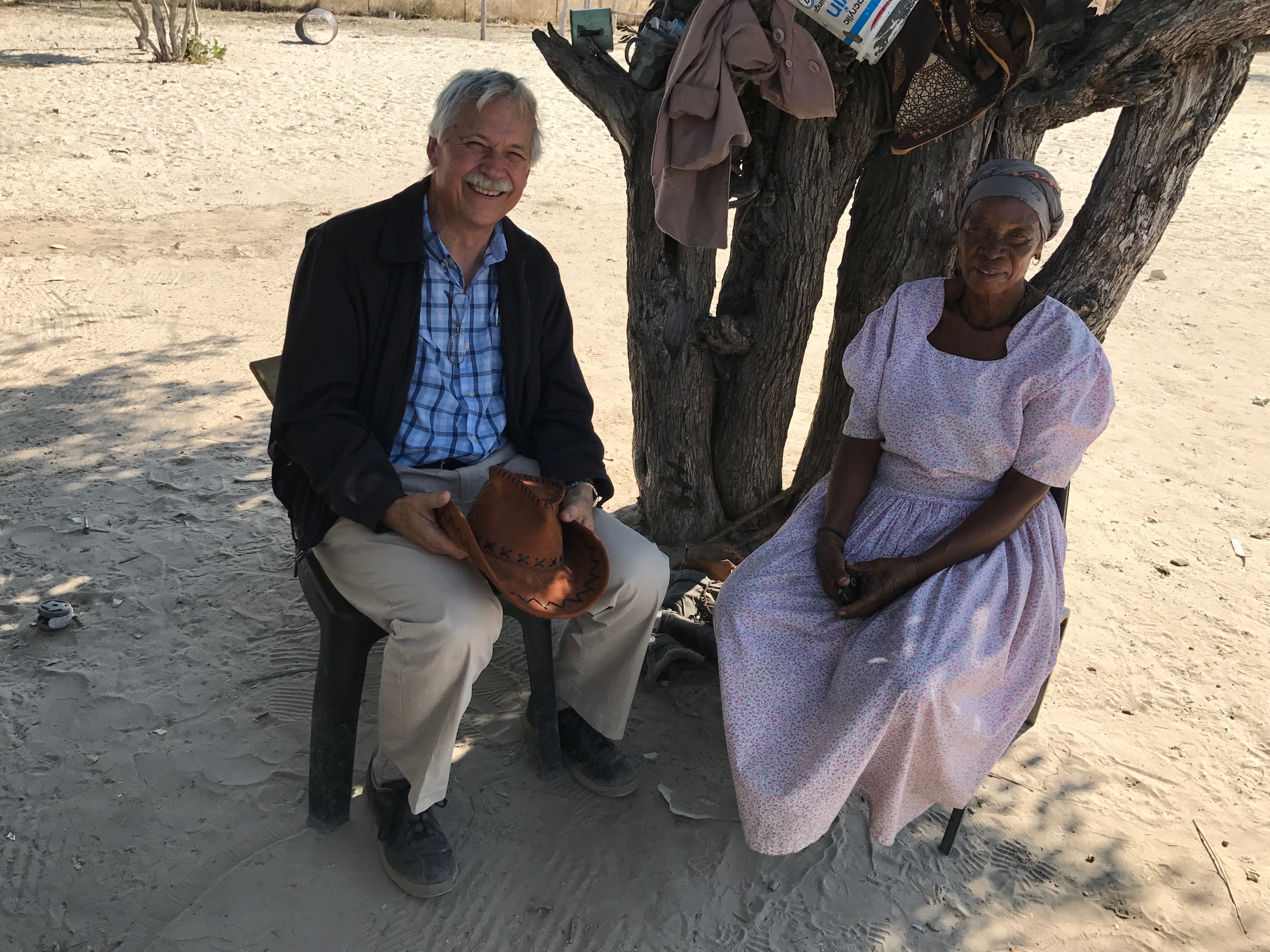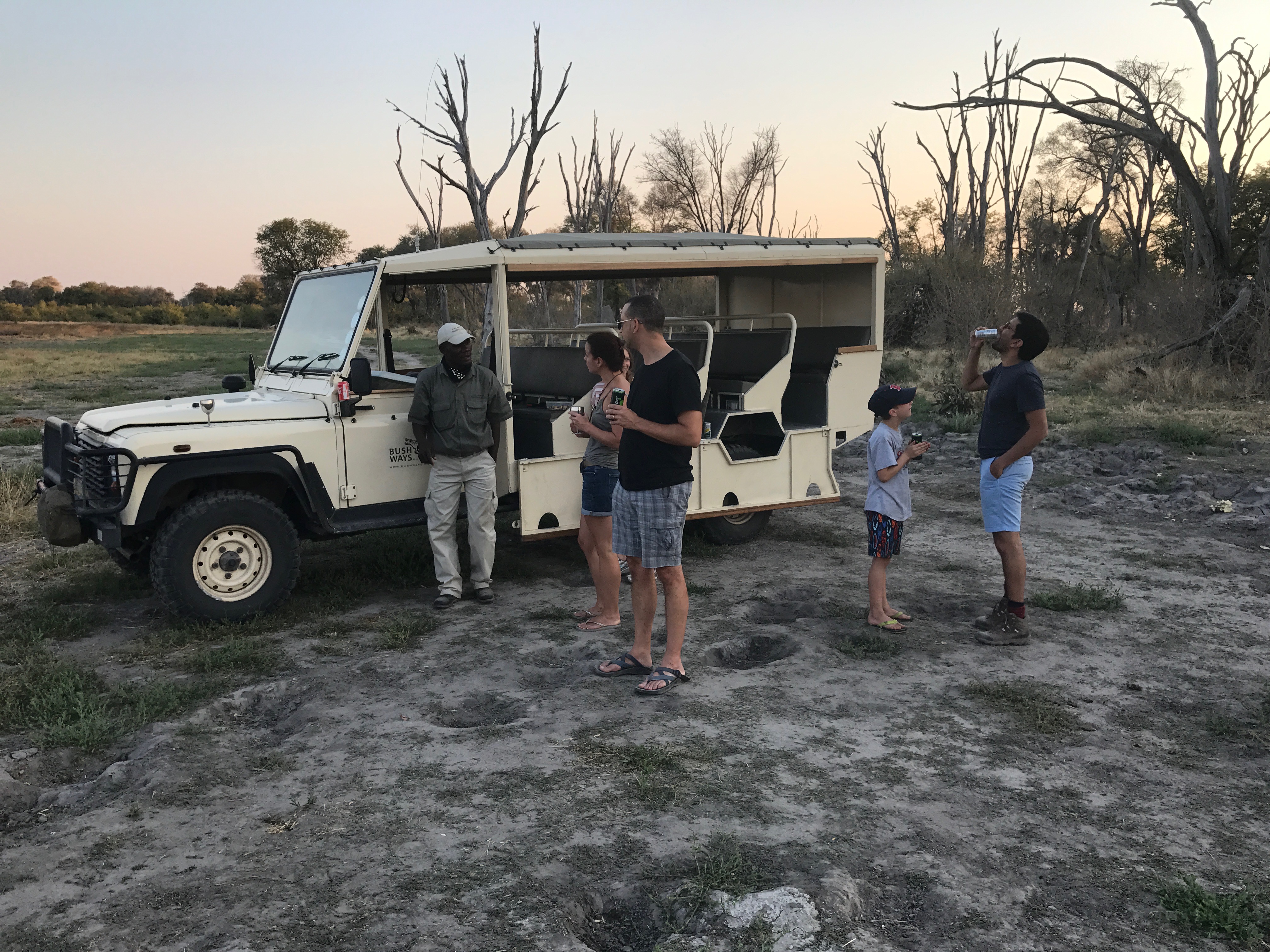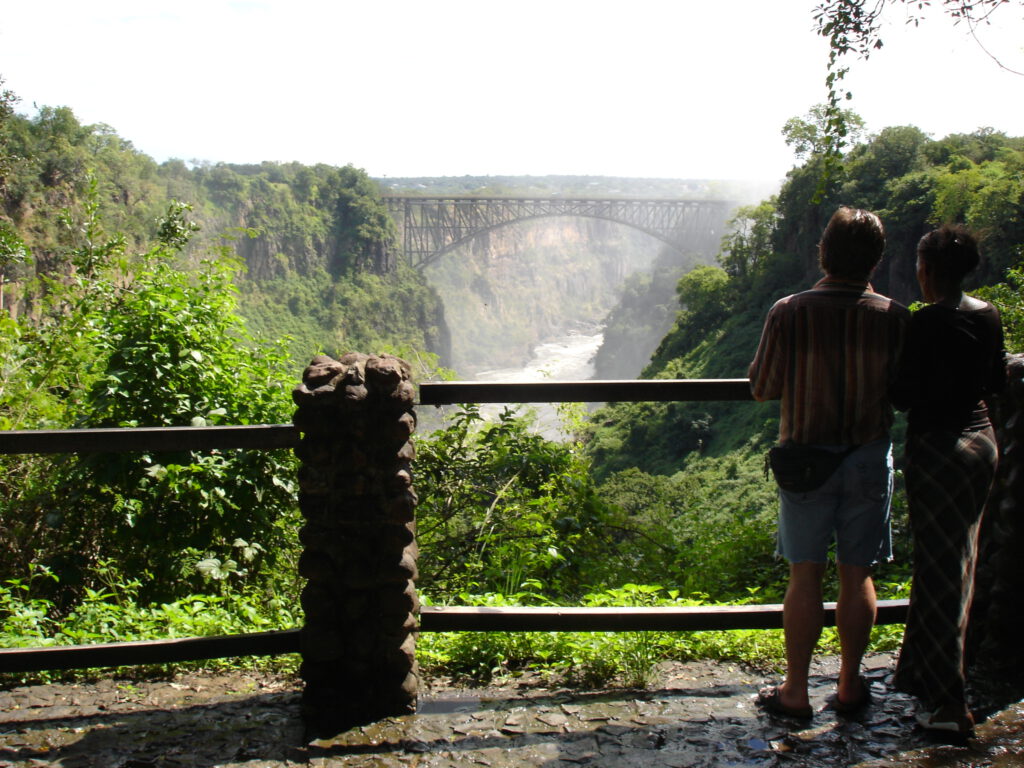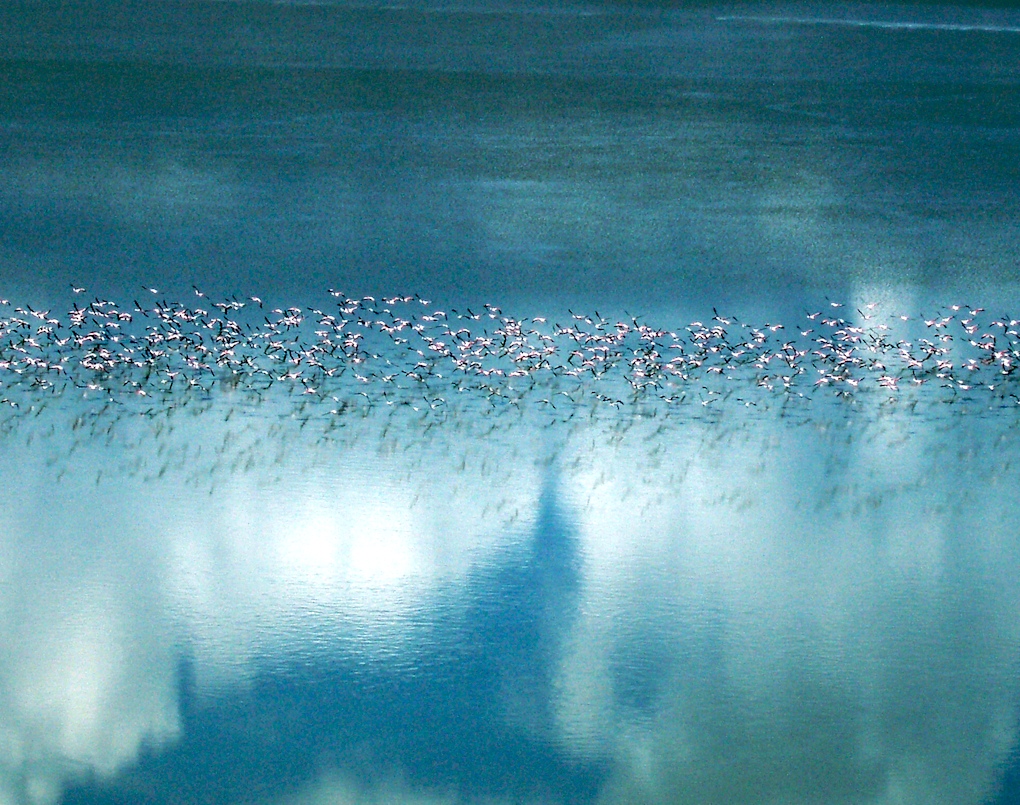Safari (meaning ‘visit’ or ‘trip’ in Ki-swahili) has been a staple of Western travelers since Victorian times when outsiders with prodigious ‘kit’ came on tour to the bush country of Africa’s wild interior. Teddy Roosevelt figures high on the list of notables who tried their luck on the savannah. The tally of trophies taken in these hunts is a scandal* to modern ears. That side of safari consists now of a small handful of tycoons who pay dear to take home trophies for display in private lodges. Beyond that, there continues a bloody business of poaching in safari destinations driving large land mammals toward extinction.
Most other safari tourists now come to gaze in wonder at the dwindling numbers of the magnificent creatures and the landscapes for which Africa is famous. They take home digital trophies of what they see and experience. But there is an invisible side to every safari destination. The carving out of these protected areas impacted existing communities, often aboriginal peoples. For every Kruger or Serengeti, someone had to move.
These forlorn communities – now called ‘conservation refugees’ – subsist next door to the great safari destinations in settlements harrowed by alcoholism, disease and poverty. With little political capital to seek redress, the encounter with global culture and power has brought once resilient and coherent societies to their skinned knees. And now the safari 4×4’s flash by these cobbled places leaving them quite literally in the dust.
A recent visit to Botswana’s Okavango Delta took us to Khwai, a small settlement of San on the edge of Moremi National Park. One day I opted out of the game drive and ventured into the scattered homesteads next to the safari lodges and the dirt airstrip. I wanted to hear what the delta San would say about the story of their settlement.

A sickly relative of the village chief, drowsing on a reed mat in the midday warmth, roused himself to offer a welcome and began without much nudging to tell the story as he recalled it:
One day, he said, the lorries came (circa 1992?) with orders to remove them from the (Moremi) park, their ancestral range. Resigned to the orders of government, they gathered their bundles, their children and cooking pots, clambered aboard and soon found themselves at Khwai. The upshot is they now live in a village where their hunting-gathering life is no longer possible (hunting is forbidden virtually everywhere) and agriculture – about which they know little – is impossible given the depredations of the hordes of elephant (many of which are fleeing poachers in neighboring countries like Angola and Zimbabwe. The toll on the surrounding forests is shocking, where entire tracts of skeletal trees have been shorn of all greenery).
They subsist now, he says, on the supply of staples that the government provides in order to sustain them in their dislocated state.
At another homestead, a grandmother tells me
Our children go to a boarding primary school some four hours away by 4×4 over rough roads. A mobile clinic stops once a week. But our all night traditional dancing for healing is our real hospital. You’ll notice that we keep dogs here in the village, yes, to alert us when the lions come, but also so that when the lions do come, they might drag away the dogs and not our children.

That night the lions came, circling us with mutters and roars, transporting us to a time when we all lived a sleepless, hard scrabble story. In the darkness, the drumming and dancing at the village fire and the barking dogs held the big cats at bay. But the healing of this village is still awaited.

*According to Penelope Bodry-Sanders, in 1909, a £50 hunting license in the East Africa Protectorate entitled its purchaser to kill 2 buffaloes, 2 hippos, 1 eland, 22 zebras, 6 oryxes, 4 waterbucks, 1 Greater Kudu, 4 Lesser Kudus, 10 topis, 26 hartebeests, 229 other antelope, 84 colobus monkeys, and unlimited lions and leopards. (lions and leopards killed livestock and were classified as vermin.)



This is a finely & movingly written post, Jonathon. It makes me want to weep for the all the dislocation which our Western/Northern overly consumptive way of living, including the need for digital & literal trophies, contribute to creating situations such as you describe in the Botswana Okavango Delta.My heart aches as I think of that drumming for healing which continues night after night. Leona
Thanks, Jonathan, for another educational experience. As usual, the white man knew nothing of this. My safari was to Tanzania. Any idea if things are as bad there.
Greg
Hello, Greg! Yes, the group most affected by the Serengeti and Ngorongoro parks was the Maasai. Their pastoral life was upended when they could no longer access traditional grazing areas. The chronicler of this story is Mark Dowie. Dowie, Mark 2009 Conservation Refugees: The Hundred-Year Conflict between Global Conservation and Native Peoples. London: The MIT Press.
My dear Birthday Friend ( which friendship in your absence remains a treasured memory) your capacity to be a both journalist and interpreter of the scenes before you makes you a class act all your own. The question that haunts me is “when will the initial occupants of a specific plot have the voice to command incoming interlopers to Migrate away from my/our turf? Sadly wealth and arms dictate residence and all things related to it.
Jonathan, thank you for this education. Kathleen Kennel”Live simply. Love generously. Care deeply. Speak kindly. Leave the rest to God.”
Thanks again, J.P., for these pieces I so look forward to. And for the Ngorongoro memory jog, where the welder at the bush garage assured us, without hesitation, that his speedy repair of the 403’s leaf spring would get us, “even to Nairobi.” And it did indeed.
What is even more mysterious – the welder’s garage was a stone’s throw from the point of our breakdown. In a location where there was hardly any other sign of human presence. It will make your eyes begin to water!